The scales are in every grocery store, in special workshops, at home, in large production, etc. Specialists use this product every day in order to comply with a certain gramme of products or, on the contrary, to control. The accuracy and speed of measurements depends on a small device that is placed inside each such structure. All indications and errors depend only on this element.
The editors of the site "bestx.htgetrid.com/en/" have prepared for you a rating of the best strain gauges for 2020.
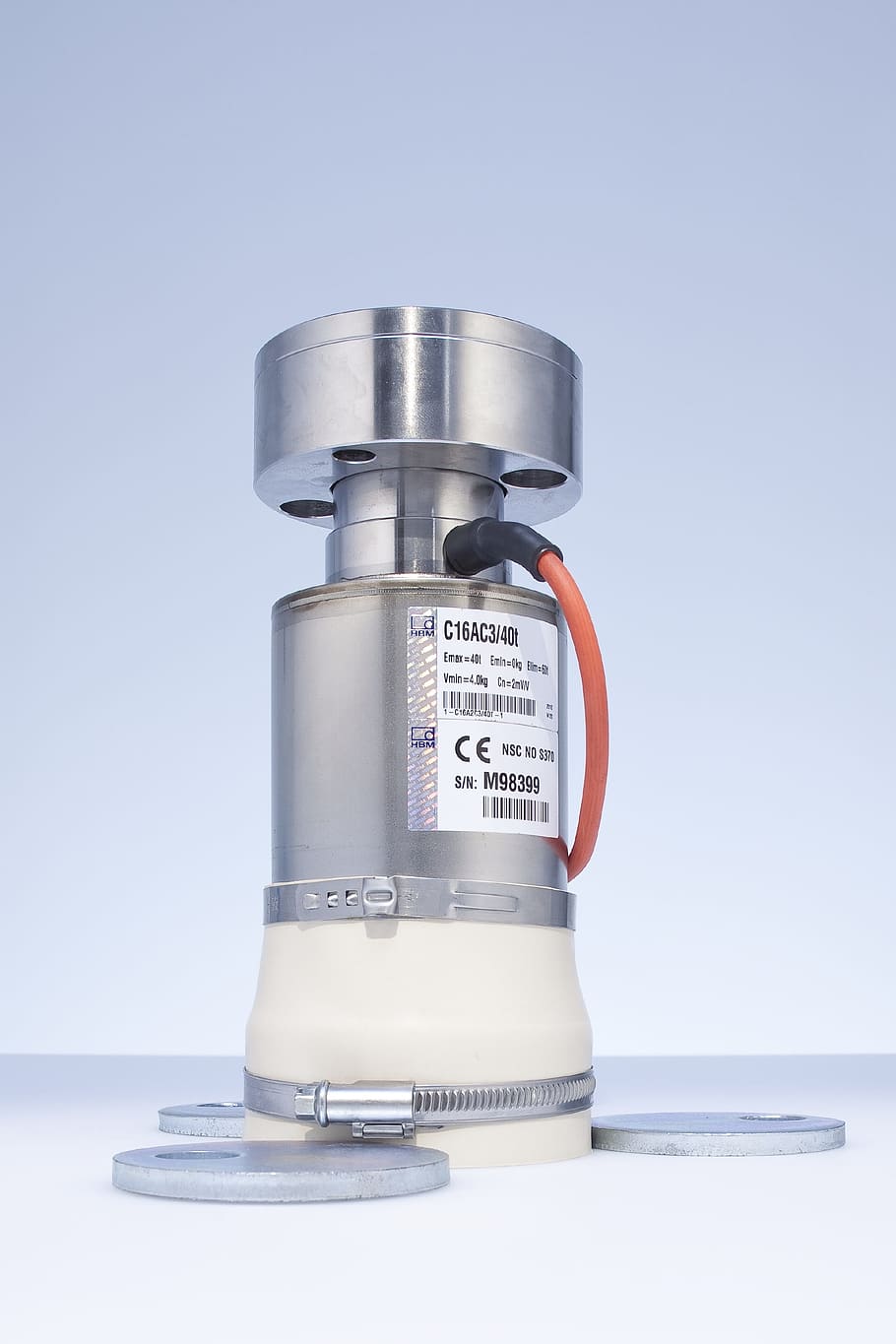
Content
short information
The first thing to understand is that strain gauges are a general concept. Therefore, regardless of the device model and the method of application, all weighing products have the same operating principle. Of course, there are strain gages, mechanical, fiber-optic, etc. options, but they indicate the main element due to which the measurement is carried out. The most common element is strain gages. They are used in almost every electronic product because of their simplicity and good accuracy.
How does this device work?
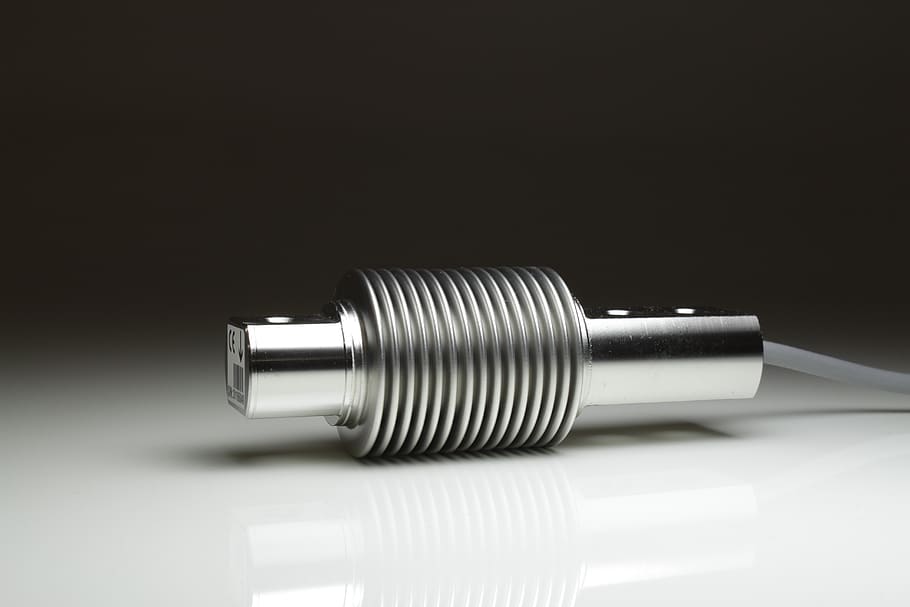
The device is a simple design, consisting of a metal case and resistors, which are placed on the electrical circuit. The outer surface is connected to the inner elements. When a user stands on the platform or an object is placed, the outer side undergoes some deformation. The result enters the main unit, where the analysis and conversion of the received signal into a user-understandable one takes place, after which it is displayed.
Previously, for accurate measurements, a person had to comply with certain conditions. Technology has made great strides today. To obtain an accurate reading, all you need to do is turn on the equipment and take a measurement. Most manufacturers equip models with various auxiliary elements that decorate the appearance, as well as increase protection against dust and moisture penetration. The scope of this device is high: starting with jewelry, where every milligram is taken into account, and ending with complex technological complexes that are capable of measuring up to several tons, while maintaining high accuracy.
Key features
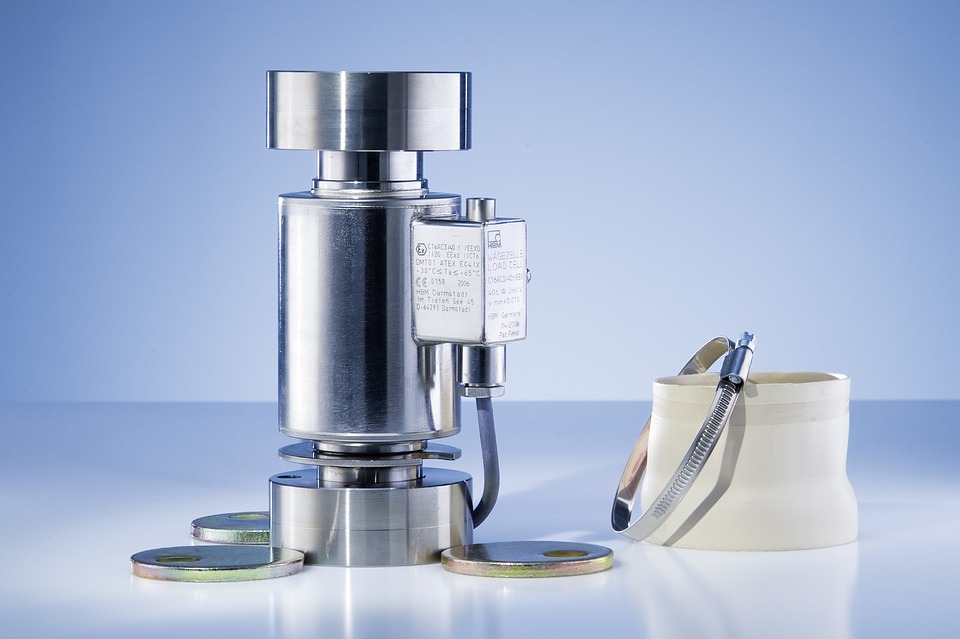
Dosing systems, scales, electronics, silos and platforms - load cells are used in almost every application. Without them, it is impossible to obtain a reliable result, since they are highly accurate and are not subject to changes in the external environment. Some manufacturers go a step further and automate these devices to keep user intervention to a minimum. For these purposes, electronic strain gauges are often used.
Like any equipment, this element has some features over outdated models:
- High measurement accuracy. If earlier products were produced that had a significant error, then modern representatives are devoid of this drawback.One of the most common models are elements with an accuracy class C3, where the maximum error is only 0.2%. And this is not the limit, since perfect species are sold, the level of which is closer to zero.
- Dozens of different designs, ranging from platform sensors to torsion bar, column, etc. This variety allows you to use the product more rationally and install it only in the system in which it will show the best result. It is important to take this into account, since the convenience of use and the possibility of replacement in case of failure depend on it.
- High reliability is achieved through the use of durable metal products. For example, alloy or stainless steel, which provides the device with a high strength and durability. There are also options made of aluminum, which significantly reduces weight. Regardless of the material chosen, water and dust resistance is at a high level. This solution allows the sensors to be used in various fields, including the food industry.
- Some scales support multiple load cells. Therefore, when one of the elements fails, the accuracy of the readings does not change, which allows you to continue working.
The device has several different shapes. Some are suitable for use in complex structures, while others are suitable for a platform or truck scale.
What to look for when choosing?
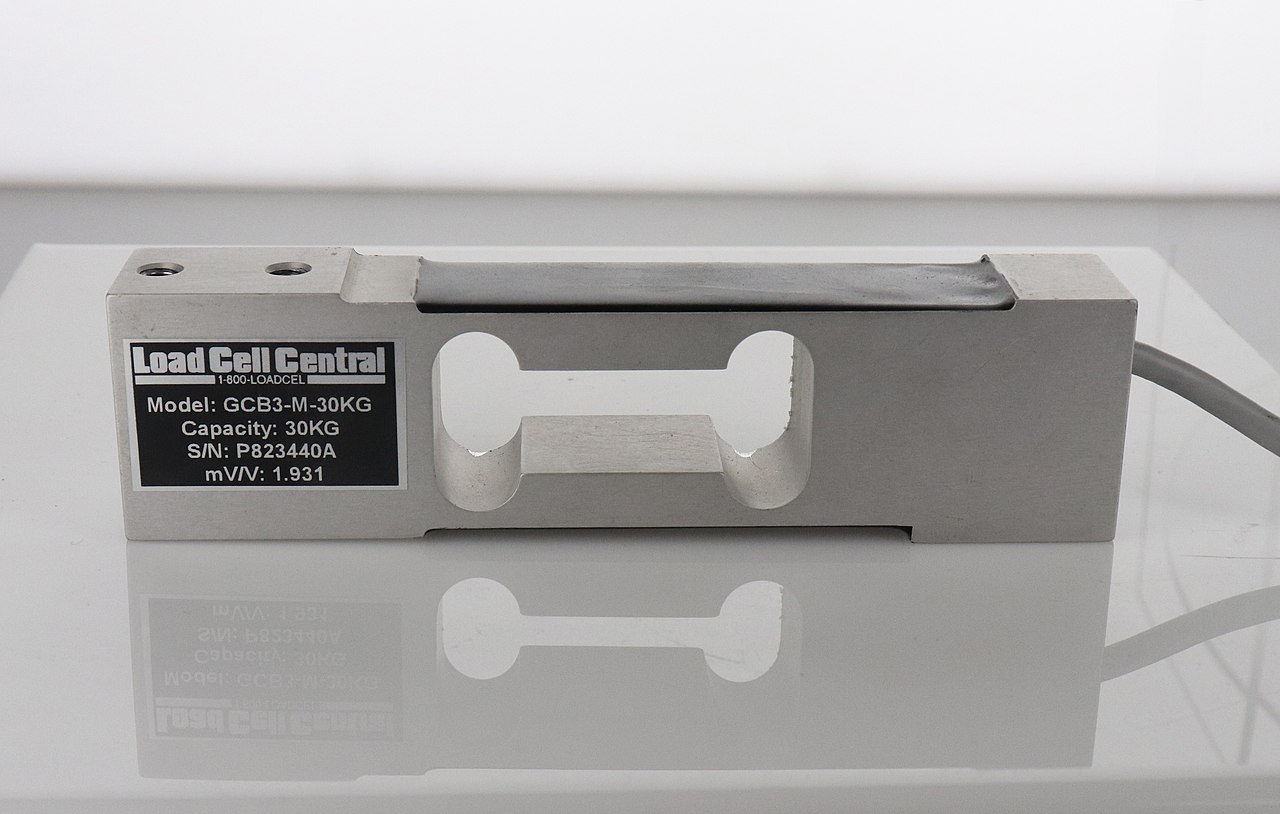
Buying a strain gauge is a complex and responsible process, so it is important to know which technical characteristics should be a priority, since the accuracy and durability depend on them.
- The first thing that is taken into account is the maximum measurement value. It is important to immediately decide where the device will be used, and what loads it will be exposed to. It is impossible to buy a simple product that can withstand a weight of up to a ton for large corporations, because the product will fail after the first use. Also, we must not forget about the additional safety factor, knowledge of this parameter will make it safer to use the model.
- Manufacturing material. Most of the complex elements are made of alloy or stainless steel. The material is highly durable and does not break over time. Simple structures, such as single-point sensors, are usually made of aluminum, since the model will not be exposed to high mechanical stress.
- The accuracy class plays an important role. Today, options that have an accuracy class of C3 are popular, although there are models of a higher class. The use of high-precision products should be driven by necessity, since the price of such a product is high. The range of categories is D1-C6.
- The last point to be considered is the connection diagram. Often a standard four-wire circuit is used for connection. This is the preferred option and is able to provide the user with accuracy and reliability. An exception is complex structures that work with several load cells. In this case, there is a high difference in the resistance of the cables, which is why it is recommended to use a six-wire circuit.
The above are the main parameters that will help you make the right choice when buying. In addition to them, there are auxiliary criteria, which include:
- Working temperatures;
- Degree of protection;
- Cable dimensions;
- Maximum and minimum resistance;
- Transmission ratio;
- Recommended voltage value.
Varieties
There are 7 varieties of this element in online stores and specialized places:
- Single point. The main advantage of this product is the ability to create a complete weighing system using just one load cell. However, this solution is also the main disadvantage, since the breakdown entails additional costs for repair and purchase. The area of application is small, they are often found in filling and dosing equipment. Also some users use this model in low load platform scales.
- Console.This element is used in a sensitive system, as well as in scales that work with a mass of up to 5-7 tons, which makes them in demand in the serial production of various items or products.
- S-shaped. A sophisticated option that is intended for use in overhead or bunker systems. The device is equipped with special suspensions, due to which the time spent on installation and start-up of the device is reduced. The principle of operation of the element is based on the conversion of mechanical force into an eclectic signal, which is equal to this effect. The accuracy of such equipment is at a high level.
- Cylindrical. Such models function practically on the same principle as the previous version, the only difference is that it is not the force that is transformed, but the mechanical deformation. This option is used in an area where it is necessary to measure several tens of tons.
- Column. The main element is made in the form of a column. Application area - truck or railway scales.
- In the production of cars, wagons or special bunkers, platform sensors are used that are able to work with a high mass, while not subjecting to wear.
- Torsion products are used in conveyor production, where it is important to constantly monitor the readings. The outer shape of this product is round, the main element is the membrane.
In addition to the listed models, there are highly specialized strain gauges. They are produced according to specific requirements.
Rating of the best single point sensors
Sierra SL6D-C3-10kg-1.5B

Quality sensor made of durable aluminum. The maximum weighing limit is 10 kg. Internal components are reliably protected from dust and moisture penetration. Accuracy class - C3. Creep - 0.0167. The maximum operating temperature is 65 degrees, the minimum value is 35about... Manufacturer's warranty - 1 year.
Sold at a price of 1,450 rubles.
Advantages:
- Efficiency;
- Good accuracy;
- Ease of use;
- Robust case.
Disadvantages:
- Not found.
Keli AMI

Nice model with a zero balance of 3%. The accuracy class is the same as for the previous material. The body is made of durable aluminum. The maximum supply voltage is 15 V, the recommended value is 10-12 V. It works at temperatures of -20 ... + 50 degrees. Cable length 50 cm, diameter 5 mm. Maximum permissible load 150% of the maximum value. Withstands weight up to 100 kg, there are also models that can only work with objects up to 5 kg.
The average price is 1,480 rubles.
Advantages:
- Efficiency;
- Durability;
- Strength characteristics;
- Price.
Disadvantages:
- Not found.
SWJ SUP1

A platform-based, single-point sensor that is sold in various maximum range (LOM) versions. Recommended voltage - 10 V. Accuracy class - C3. The output impedance is 350 ohms. The device is operated in the operating temperature range of -20 ... + 60 degrees. The permissible load is 150% of the LFR value.
Sold at a price of 1,330 rubles.
Advantages:
- Accuracy;
- Cost;
- Maximum load 250 kg;
- Good protection against dust and moisture penetration.
Disadvantages:
- Not found.
Rating of the best console sensors
SH8C-C3-10.0T-6B

A good option with low creep factor and easy connection. Product accuracy class - C3. The maximum cable length - 6 meters is present in the modification, where the NPI is 10 tons. The recommended voltage is 5-12 V. It works at temperatures up to 65 degrees, which is suitable for most rooms. Manufactured from a robust housing that can withstand various mechanical loads. Protection class - IP67.
Price is specified when ordering.
Advantages:
- Good efficiency;
- Degree of protection;
- Load - up to 10 tons;
- Manufactured from structural steel;
- The warranty is 3 years.
Disadvantages:
- Not found.
SB-A / -ASS modification 10 tons

The product can be used in truck, crane and platform scales, as well as in special dispensers. Accuracy class - C2 will allow high-quality measurements.Zero balance - 1%. Works even at temperatures over 65 degrees. Protection class - IP66. The casing is made of durable alloy steel, coated with a protective layer to prevent corrosion.
Sold at a price of 5,400 rubles.
Advantages:
- Good accuracy rate;
- Durable body;
- Efficiency;
- Durability.
Disadvantages:
- Price.
Strain gauge SUL
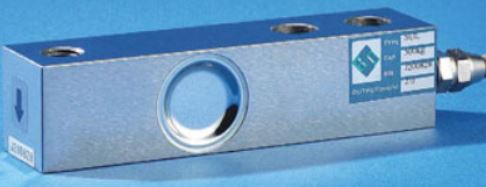
A good product for platform construction only. The maximum NPI is 10 tons. The outer part is made of durable alloy steel that can withstand high mechanical stress. Breaking load - 300% of the maximum measurement limit.
Sold at a price of 5,000 rubles.
Advantages:
- Minimum error;
- High-quality housing;
- Protection class IP66.
Disadvantages:
- For platforms only.
Best column-type devices
TOKVES CLB

Reliable equipment with a maximum measurement limit of up to 20 tons. The creep coefficient is 0.05%. The accuracy class of the device is 0.5%. The input impedance is 400 ohms. The outer part is made of alloy steel. Protection against ingress of dust and moisture - IP67. Zero balance - 1%. The maximum permissible load is 120% of the NPI.
The average price is 14,400 rubles.
Advantages:
- High-quality assembly;
- Efficiency;
- Good material;
- Simple connection.
Disadvantages:
- Not found.
Keli ZSFY-a

The device is designed for use in truck and railroad scales. NPI depends on modification. The maximum value of the measurement limit can reach 50 tons, which greatly increases the scope of operation. Accuracy class C2-C5 depending on the selected model. The outer part is made of two metals: alloy steel and stainless steel.
The average price is 9,500 rubles.
Advantages:
- Reliability;
- Qualitative measurement;
- Easy connection to the system;
- Maximum NPI.
Disadvantages:
- Not found.
Tongda TD577

The product can be used in bunker and railroad scales. It has good technical characteristics and the largest measurement limit of 100 tons. The cable length is 9 meters. The body is made only of stainless steel, which significantly increases the durability of the device.
The average price is 18,200 rubles.
Advantages:
- Withstands a load of 100 tons;
- Durable body;
- Durability;
- Good protection against dust and moisture.
Disadvantages:
- Not found.
Rating of the best S-type devices
Anyload 101BH

The product is used in hopper, batching and crane scales. The maximum load is 10 tons. The body is made of robust steel, coated with an anti-corrosion agent. 1 year warranty. Protection class - IP67.
Sold at a price of 6,700 rubles.
Advantages:
- Efficiency;
- Long service life;
- Minimum error.
Disadvantages:
- Not found.
SWJ STS 3

The product is intended for use in platform scales. Has good accuracy, which allows you to determine the final mass of the product with a minimum percentage deviation. It is made of durable material that can withstand high loads without losing its positive qualities.
The price is indicated when ordering.
Advantages:
- Good body strength;
- High-quality element base;
- Maximum NPI - 20 tons.
Disadvantages:
- Not found.
Tongda TD112

The model is used not only in crane scales, but also in dosing, hopper and conveyor systems. The working transmission ratio is 2.95 mV / V. Works at temperatures of -20 ... 80 degrees. The outer part is made of alloy steel. The cable length reaches 20 meters, which makes it possible to connect over a considerable distance.
Sold at a price of 4,070 rubles.
Advantages:
- Strength;
- Long cable;
- Long service life;
- Wide range of applications;
- Value for money.
Disadvantages:
- Not found.
Finally
The load cell is the main element in any weighing equipment. Without it, it is impossible to get correct and accurate measurements.If you have experience using the models described in the rating, or more interesting representatives, tell us about it in the comments.












